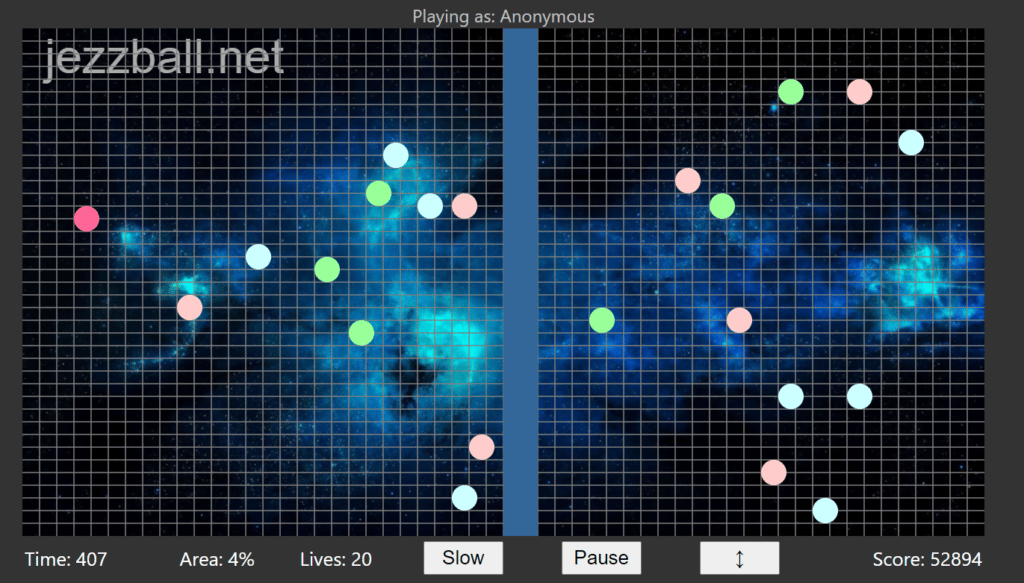Automation, Go Big and/or Go Home.
Welcome to the first of this multi-post series on Integration Strategy and Games. Check back for Part II and beyond. The short term and long term strategy of integrations.
What are Integrations to you? Are they important to your organization? Do you ever feel like Integrations experts are playing games with your strategy? What if I told you Harmedia Studios will be talking about games, but for conceptual purposes for this post and as a strategy.
Have you heard of JezzBall? It was a game developed for the Microsoft Entertainment packs that was included with early versions of Windows. There is a reason we are bringing this up as part of an Integration Strategy post. However, before we get into the content, does this image below make you remember the game and it’s concept?

The point of the game is that on every level, your goal is to reduce the available area past 75% by adding walls, while preventing the balls from colliding with them while the walls are built and losing a life. As you progress to new levels, more balls are added, and the more balls that are able to bounce off each other, will increase your chances of losing.
This is two balls. Imagine 10, 25, or 50. Imagine how hard it will be to manage the complexity of all of those balls bouncing off of one another. Are you thinking about it?
Automation: Now, replace “balls” with Integrations.
Getting the idea? Harmedia Studios believes that you shouldn’t go into Integrations without a strategy. Both short term and long term. You define what is short term and long term, but understand that set of items can change based on your needs. Each of those integrations should be added to your (ServiceNow) Demand Management system to generate an assessment of how it should be categorized. Do you need to resource immediately because there is large value, little risk, and a time to value (TTV) of less than 1 hour? Or does it take multiple departments to review, decide on how the value will impact them, and a lot of input from stakeholders that may take months?
Once you define that list of items, you want to examine all of the possible interactions between other data and integrations.

Automation: Stay Tuned
Stay tuned for the next Integration Strategy post, Part II, where we will discuss more Jezzball and how it affects strategy!
For more details or would like a deeper discussion about Integration Strategy and, reach out to info@harmediastudios.com